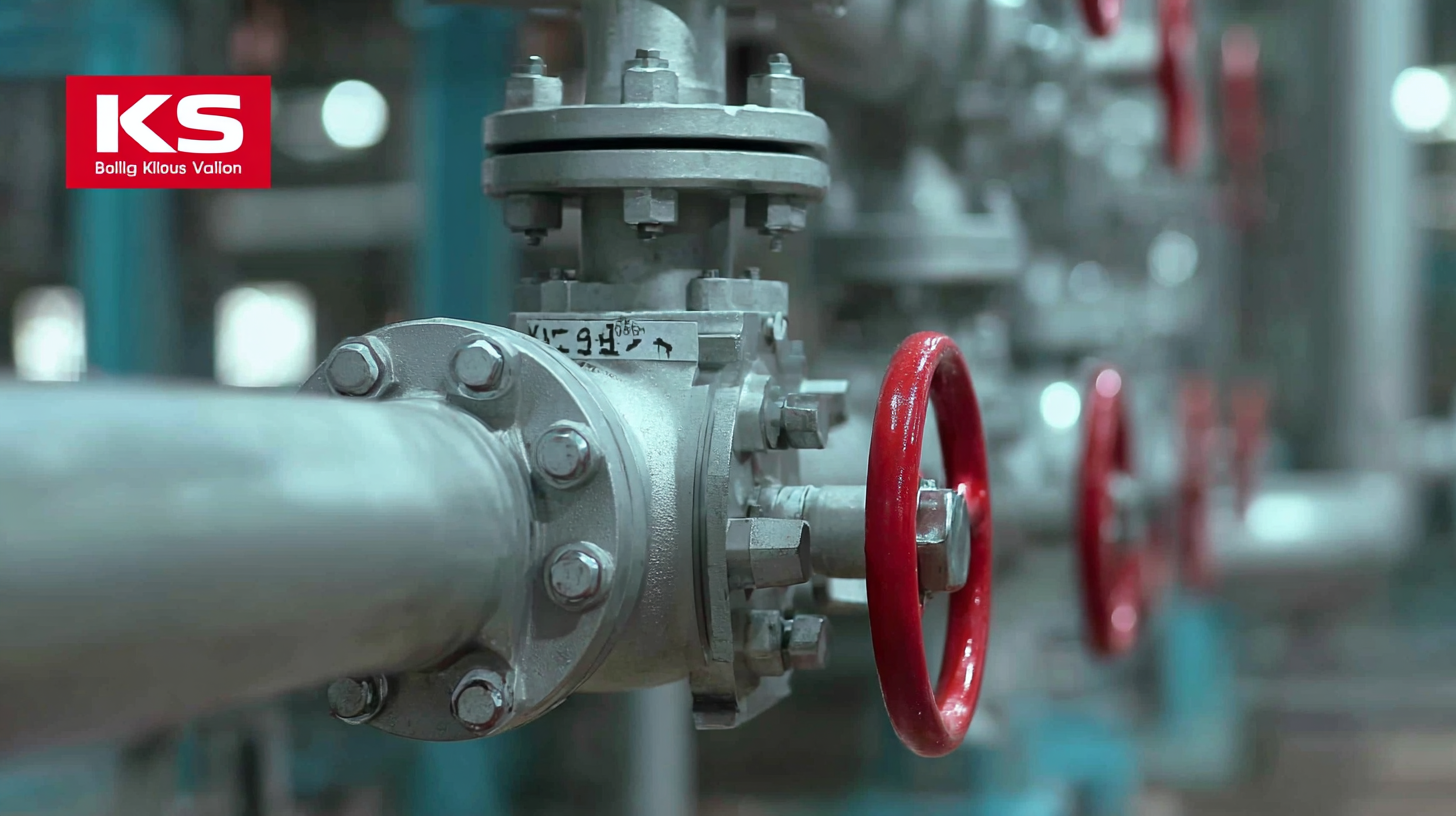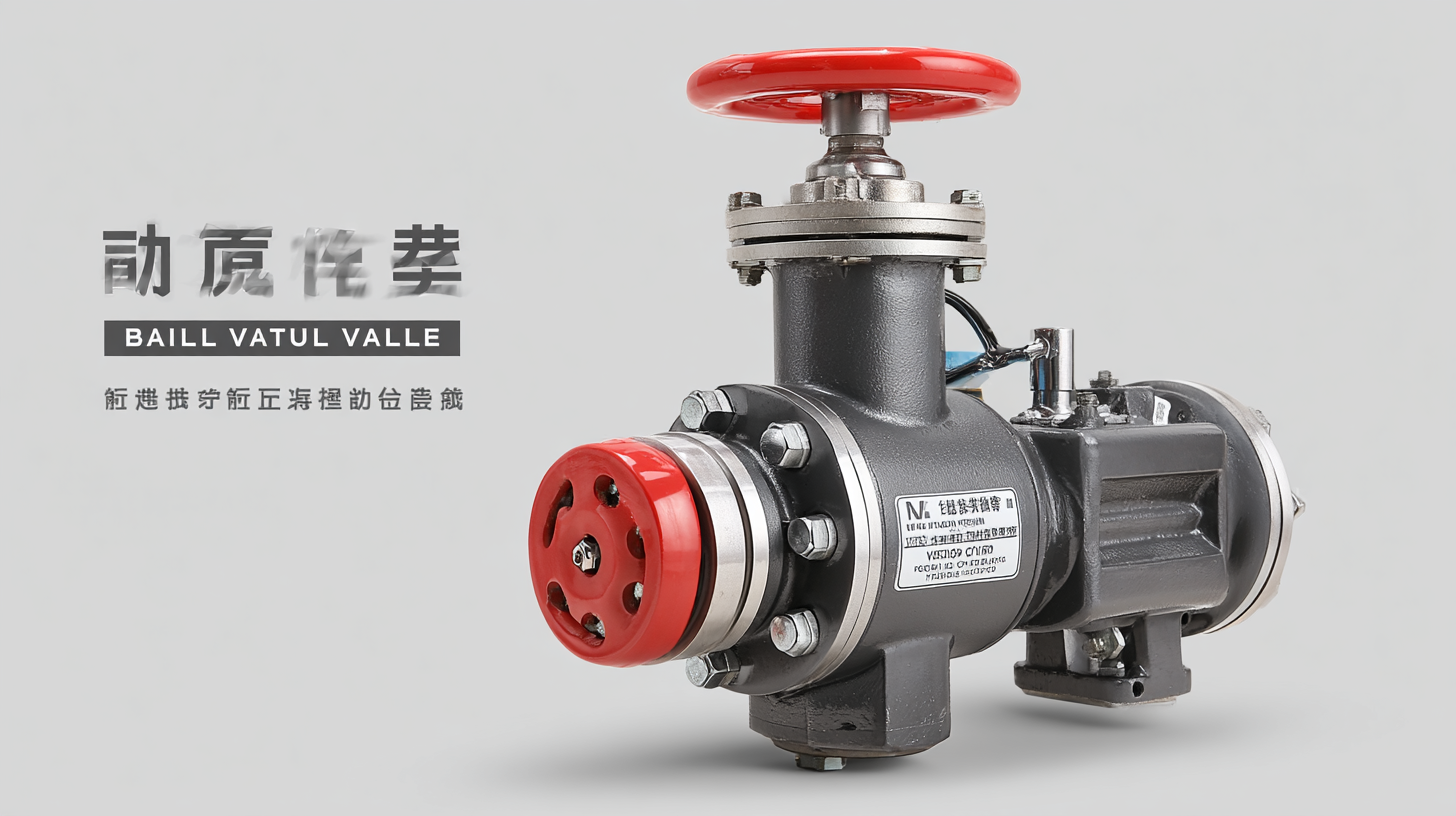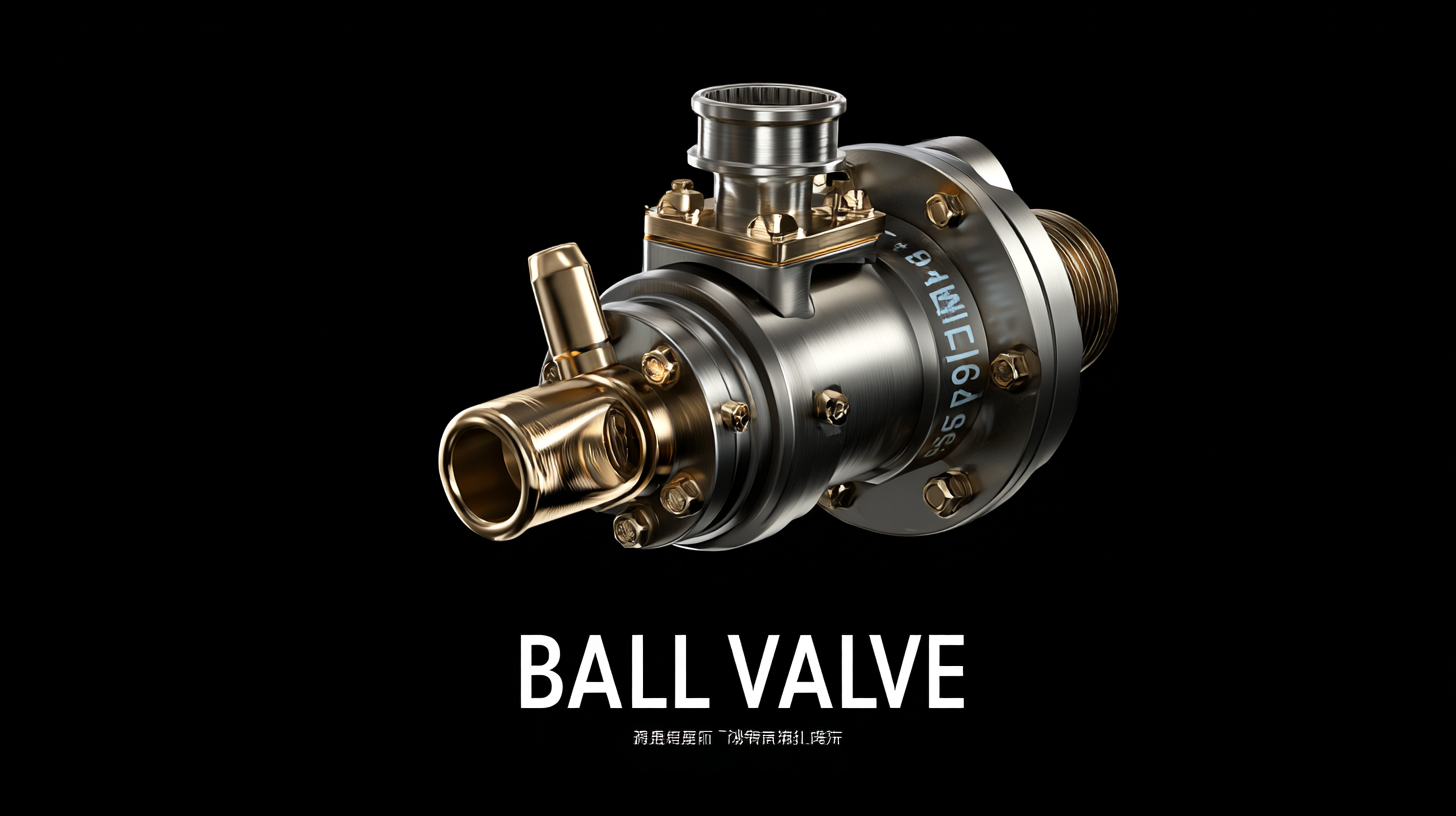Real World Applications of Best Ball Valves and Solutions to Common Challenges
In the ever-evolving landscape of industrial applications, ball valves have emerged as pivotal components in fluid control systems due to their reliability and operational efficiency. According to the latest report by MarketsandMarkets, the global ball valve market is expected to reach USD 16.3 billion by 2025, growing at a CAGR of 5.3% from 2020. This growth underscores the increasing reliance on ball valves across various sectors, including oil and gas, water treatment, and chemical manufacturing.

However, despite their advantages, users often encounter challenges such as seat leakage, inadequate sealing, and difficulties in maintenance. This blog will delve into the real-world applications of ball valves, illuminating solutions to these common challenges while showcasing best practices that can enhance the performance and longevity of these essential devices.
Understanding Best Ball Valve Technology and Its Unique Advantages
Best ball valves have become a pivotal component in various industrial applications, thanks to their unique technology that combines reliability and efficiency. These valves utilize a spherical disk to regulate flow, providing minimal pressure drop and substantial flow rates. Recent reports indicate that advancements in valve technology have led to some models offering increased efficiency by up to 25%, which is a game-changer for industries that rely on fluid management systems. The use of best ball valves can significantly reduce the frequency of maintenance and downtime, contributing to overall operational cost savings.
Moreover, best ball valves are versatile and can withstand high pressures and temperatures, making them suitable for a wide array of environments, from oil and gas to food processing. They have been particularly effective in dynamic systems where rapid changes in flow are common. This adaptability is enhanced by developments in actuator technology, which work in tandem with these valves to provide greater responsiveness and performance. Industry trends suggest that the integration of smart technology into valve systems is on the rise, promoting a future where automation and efficiency are paramount.
As industries continue to evolve, the unique advantages of best ball valve technology will be central to overcoming common challenges such as leaks and sudden flow changes. Their inherent design not only simplifies operations but also meets strict regulatory standards, making them an ideal choice for modern applications across various sectors.
Key Industries Benefiting from Best Ball Valve Applications
Best ball valves are playing a critical role across various key industries by providing efficient solutions to common challenges in fluid control. Industries such as food and beverage, pharmaceuticals, and water treatment have significantly benefited from their unique design, which allows for reliable operation with minimal maintenance.
 These valves excel in applications requiring high cleanliness standards, as their smooth passages prevent residue buildup, making them ideal for sanitary processes.
These valves excel in applications requiring high cleanliness standards, as their smooth passages prevent residue buildup, making them ideal for sanitary processes.
The growing demand for automation in industrial applications has further propelled the adoption of best ball valves. With the expected growth of the global sanitary pumps and valves market, projected to reach USD 3.1 billion by 2033, industries are increasingly turning to advanced valve technologies to enhance operational efficiency and reduce downtime. As process automation evolves, the integration of best ball valves facilitates optimized workflows, ensuring that businesses can meet their production goals while maintaining the highest quality standards. This convergence of innovation and reliability positions best ball valves as a cornerstone in the industrial landscape, addressing challenges head-on and driving growth across sectors.
Navigating Common Challenges in Ball Valve Operations
In the world of fluid control, ball valves are favored for their reliability and ease of operation. However, they are not without their challenges. According to a recent report by the American Society of Mechanical Engineers (ASME), improper installation and maintenance significantly impact the performance of ball valves, leading to potential leaks and premature failures. In fact, approximately 30% of valve-related operational issues stem from these factors, underscoring the importance of adhering to best practices in valve installation and upkeep.
Another common hurdle is the issue of valve seat wear, often exacerbated in applications involving abrasive fluids. The Flow Control Journal highlights that industries such as mining and oil and gas experience higher rates of valve degradation, with wear reducing efficiency by nearly 20% over time. Utilizing advanced materials like ceramic or enhanced polymers can help mitigate this issue, extending the service life of ball valves and ensuring consistent performance. By addressing these challenges with strategic solutions, industry professionals can enhance operational efficiency and reduce downtimes significantly.
Real World Applications of Best Ball Valves and Solutions to Common Challenges
| Application Area | Common Challenge | Solution | Impact |
|---|---|---|---|
| Water Supply Systems | Leakage over time | Regular maintenance checks and seal replacements | Reduced downtime and maintenance costs |
| Chemical Processing | Corrosion of valve materials | Use of corrosion-resistant materials | Improved longevity and safety |
| Oil and Gas Industry | High pressure demands | Implementing high-pressure rated valves | Enhanced reliability under extreme conditions |
| HVAC Systems | Temperature fluctuations | Thermal expansion compensators | Stable operation and efficiency |
| Pharmaceutical Manufacturing | Containment of hazardous materials | Use of specialized sealing technologies | Compliance with safety regulations |
Innovative Solutions to Enhance Ball Valve Performance
In the realm of fluid control, ball valves are renowned for their reliability and efficiency. However, to maximize their performance, it's crucial to adopt innovative solutions that address common challenges. One such challenge is the application of advanced materials that enhance durability and resistance to corrosion. By integrating materials like high-performance polymers or specialty alloys, manufacturers can significantly extend the lifespan of ball valves, ensuring that they operate smoothly even in harsh environments.
Another innovative approach involves the development of smart technologies for ball valve monitoring and control. By incorporating IoT sensors and automation systems, users can achieve real-time data on valve performance and fluid dynamics. This not only allows for proactive maintenance, reducing downtime, but also optimizes operational efficiency. Additionally, these smart solutions can provide valuable insights into system performance, enabling operators to make data-driven decisions that enhance overall productivity in industrial applications.
Global Reach: How Chinese Manufacturing Dominates the Ball Valve Market
The global ball valve market is experiencing significant growth, with projections suggesting it will reach USD 22.5 billion by 2033, expanding at a CAGR of 4.7%. This robust growth is largely driven by increasing demand from various industries including oil and gas, water management, and manufacturing processes. The dominance of Chinese manufacturing in the ball valve sector plays a critical role, as it combines cost-effective production with high-quality standards, ensuring competitive pricing and broad market accessibility.

Moreover, as the industrial valve market is estimated to surge from USD 75.9 billion in 2024 to USD 142.6 billion by 2034, it highlights the crucial role of ball valves in various applications. The ongoing expansion in the Asia Pacific region, coupled with advancements in manufacturing technologies in China, ensures that this market remains resilient amidst global economic fluctuations. As industries worldwide continue to prioritize efficiency and reliability, the need for innovative valve solutions, particularly ball valves, will become increasingly prominent in addressing operational challenges.
